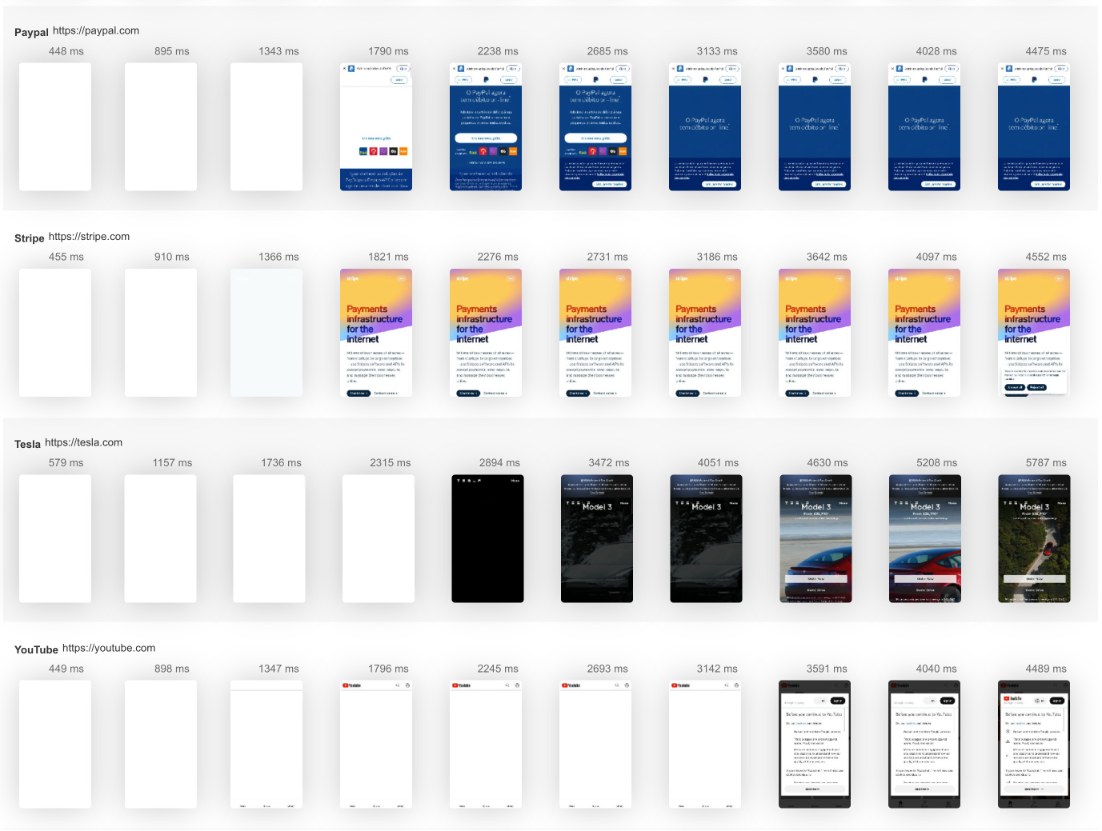What are Comment Threads in Workflow? Complete Guide to Discussion Systems, Feedback & Collaborative Communication
Master workflow comment threads with this comprehensive guide. Learn how comment threads facilitate team collaboration and feedback, discover proven strategies for managing discussions, and understand how to leverage threaded communication for efficient decision-making and knowledge sharing.
What are Comment Threads in Workflow Systems?
Comment Threads are structured discussion chains where team members can exchange ideas, provide feedback, ask questions, and collaborate on specific work items, documents, or project elements. Comment threads maintain conversation context by organizing related messages in chronological order, creating a permanent record of decision-making processes, feedback loops, and collaborative problem-solving efforts.
Workflow comment thread systems transform scattered communication into organized, contextual discussions that preserve institutional knowledge while enabling real-time collaboration and asynchronous feedback across distributed teams.
Why Comment Threads are Critical for Workflow Collaboration
- Contextual Communication: Keep discussions directly attached to relevant work items and documents
- Decision Documentation: Create permanent records of rationale, feedback, and decision-making processes
- Asynchronous Collaboration: Enable team coordination across different time zones and schedules
- Knowledge Preservation: Maintain institutional memory and learning for future reference
- Feedback Integration: Streamline review processes with structured feedback collection and resolution
Key Benefits of Structured Comment Thread Systems
Enhanced Team Communication
Comment threads eliminate communication silos by centralizing discussions around specific work items, ensuring all relevant stakeholders have access to context and can contribute effectively to decisions.
Improved Decision Traceability
Threaded discussions create audit trails that document how decisions were made, what alternatives were considered, and who contributed to outcomes, supporting accountability and future learning.
Efficient Feedback Loops
Comment threads streamline review and feedback processes by organizing input from multiple stakeholders in chronological order, making it easy to track resolution of issues and concerns.
Common Comment Thread Types and Use Cases
- Review Comments: Feedback on documents, designs, code, or deliverables requiring approval
- Discussion Threads: Brainstorming, problem-solving, and collaborative decision-making conversations
- Question Threads: Information requests, clarifications, and knowledge sharing exchanges
- Status Updates: Progress reports, blockers, and project coordination communications
- Issue Resolution: Bug reports, problem identification, and solution development discussions
Should You Use Nested or Linear Comment Threads? Optimal Strategy
Use nested threads for complex discussions with multiple sub-topics, and linear threads for straightforward feedback or status updates. The choice depends on discussion complexity and team preferences for navigation.
For optimal collaboration, maintain clear thread ownership, establish response time expectations, and use thread resolution mechanisms to indicate when discussions are complete.
How to Implement Effective Comment Thread Systems: Step-by-Step Guide
Step 1: Design Thread Architecture
- Define comment thread categories and use cases for different types of collaboration
- Establish thread notification and subscription systems for stakeholder engagement
- Create thread moderation and management policies for maintaining quality
- Design thread integration with existing workflow and project management tools
- Set up thread search and discovery mechanisms for finding historical discussions
Step 2: Establish Communication Guidelines
- Create comment thread etiquette and best practices for professional communication
- Define thread ownership and responsibility structures for maintaining discussions
- Establish escalation procedures for unresolved or contentious thread discussions
- Implement thread resolution workflows to indicate completion and outcomes
- Set response time expectations and communication standards for team coordination
Step 3: Deploy Thread Management Tools
- Implement comment thread platforms that integrate with existing workflow systems
- Create thread organization and filtering systems for easy navigation
- Set up automated thread notifications and digest systems for stakeholders
- Configure thread analytics and reporting to monitor engagement and effectiveness
- Establish thread archiving and retention policies for knowledge management
Step 4: Optimize Thread Performance
- Monitor thread engagement patterns and identify communication bottlenecks
- Analyze thread resolution times and decision-making effectiveness
- Gather user feedback on thread usability and workflow integration
- Implement thread automation for routine notifications and status updates
- Regular training on effective thread communication and collaboration practices
Comment Thread Best Practices for Maximum Collaboration
- Clear Context: Provide sufficient background and context in thread initiations
- Timely Responses: Establish and maintain reasonable response time expectations
- Structured Feedback: Use consistent formats for reviews and feedback delivery
- Thread Resolution: Clearly mark when discussions are complete and decisions are final
- Searchable Content: Write descriptive comments that can be easily found later
Comment Thread Management FAQ: Common Questions Answered
How do you keep comment threads from becoming too long and unwieldy?
Set thread length limits, create summary posts for long discussions, use thread branching for sub-topics, and establish clear resolution criteria to prevent endless discussions without decisions.
What's the best way to handle disagreements in comment threads?
Establish escalation procedures, encourage respectful dialogue, use moderators for contentious topics, and move persistent disagreements to real-time meetings for faster resolution.
Should comment threads be used for all team communication?
Use comment threads for work-related discussions that benefit from context and documentation. Continue using other channels for urgent communication, casual conversation, and private discussions.
How do you ensure important comments don't get lost in long threads?
Use comment highlighting or pinning features, create summary comments, implement @mention systems for important responses, and use thread filtering to surface priority communications.
Can comment threads replace meetings for decision-making?
Comment threads work well for asynchronous decision-making with clear criteria and stakeholder input. Complex decisions requiring real-time discussion may still need meetings, but threads can provide valuable pre-meeting context and post-meeting documentation.
PostNext is your all-in-one social hub to schedule, publish, and analyze content on Instagram, TikTok, X, LinkedIn, Facebook, Pinterest, and more—without the tab chaos.Start 7-day free trial→
